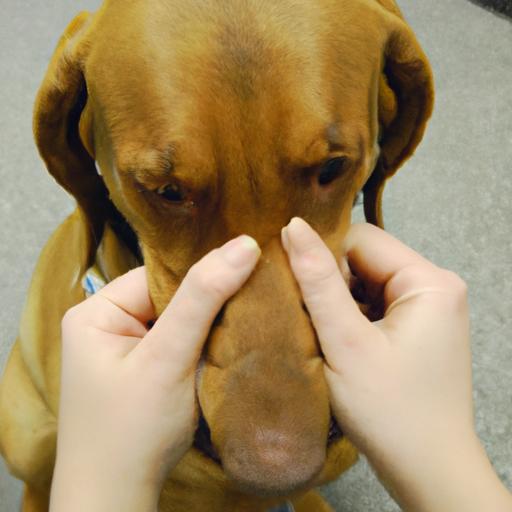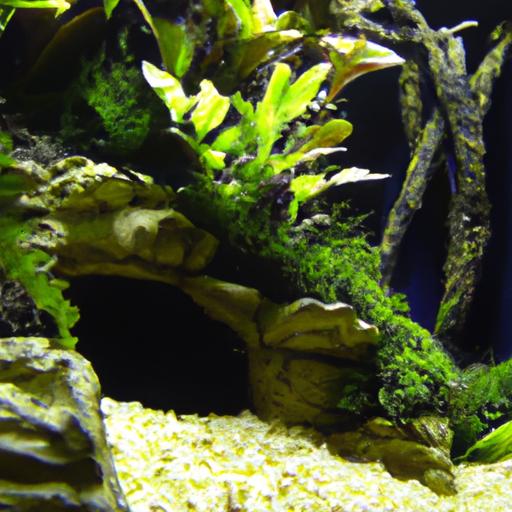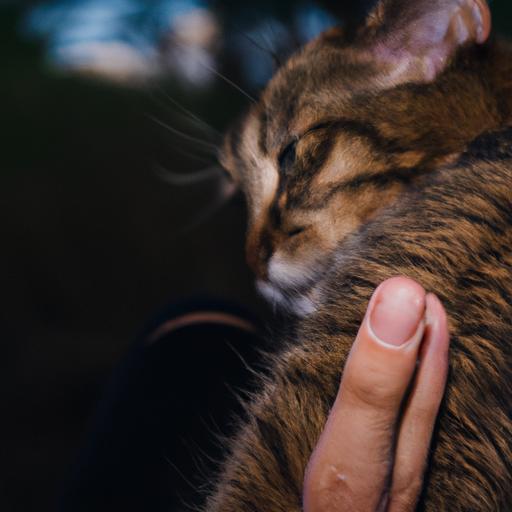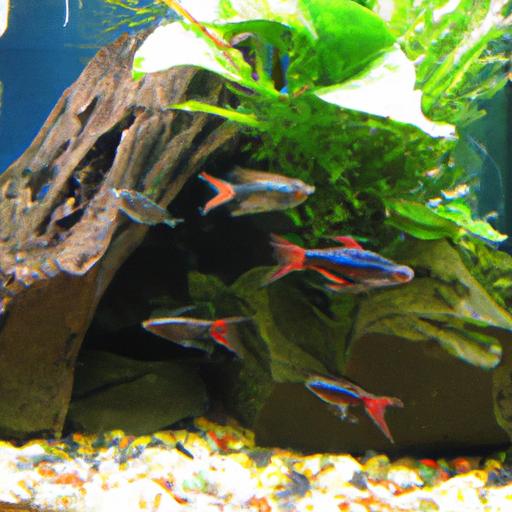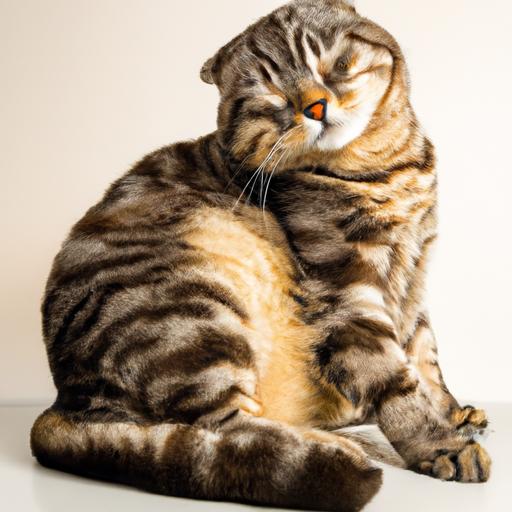
- Home
- Behavior and Training
- Understanding Cat Tail Grooming Behavior: A Guide to Decode Your Feline Friend’s Signals
Understanding Cat Tail Grooming Behavior: A Guide to Decode Your Feline Friend’s Signals
Discover the secrets behind Understanding Cat Tail Grooming Behavior. Decode your feline friend’s signals with our comprehensive guide. Unleash the mystery now!
Introduction
As feline enthusiasts, we all know that cats have their unique ways of communicating with us. One fascinating aspect of their behavior is tail grooming. Have you ever wondered what your cat’s tail grooming behavior means? Understanding cat tail grooming behavior is crucial for decoding your furry friend’s signals. In this article, we will delve into the intricacies of cat tail grooming behavior, exploring the various types and their significance.
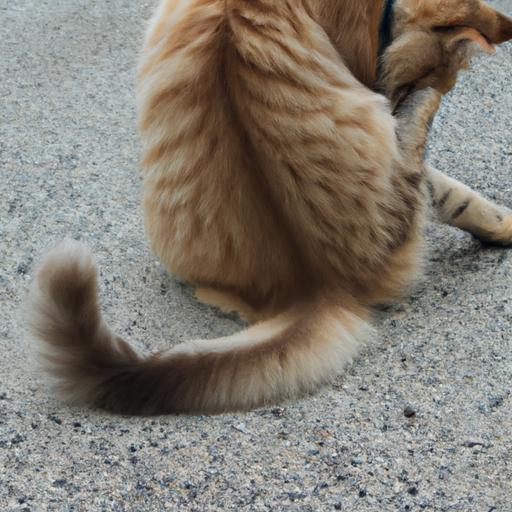
Understanding Cat Tail Grooming Behavior
Types of Cat Tail Grooming Behaviors
Cat tail grooming behaviors can vary significantly, each carrying its own message. Let’s explore the most common types:
-
Licking and Biting the Tail:
- Cats often engage in licking and biting their tails as a part of their grooming routine. It helps keep their tails clean and free from dirt or parasites. However, excessive licking or biting might indicate underlying issues, such as skin allergies or fleas.
-
Wagging or Twitching the Tail:
- Tail wagging or twitching is a fascinating behavior displayed by cats. It can signify a range of emotions, from excitement to agitation. A gently swaying tail often indicates contentment, while a rapidly twitching tail might signal annoyance or aggression.
-
Holding the Tail Upright or Tucked:
- The position of a cat’s tail can reveal valuable insights into their mood. An upright tail generally signifies confidence and a friendly demeanor. Conversely, a tucked tail suggests fear or anxiety. Understanding these postures can help you gauge your cat’s emotional state.
-
Puffing Up the Tail:
- When a cat puffs up its tail, it’s a clear sign of fear or feeling threatened. This behavior is commonly observed when cats encounter unfamiliar animals or stressful situations. It serves as a defense mechanism, making the cat appear larger and more intimidating.
Factors Influencing Cat Tail Grooming Behavior
Now that we’ve explored the different types of cat tail grooming behaviors, it’s essential to understand the factors that can influence them:
-
Physical Condition:
- Cats with skin irritations, wounds, or parasites may exhibit increased tail grooming behavior to alleviate discomfort. Regularly inspecting your cat’s tail for signs of injury or infection is crucial for maintaining their well-being.
-
Environmental Factors:
- The environment plays a significant role in a cat’s behavior. Changes in surroundings, such as moving to a new home or the introduction of a new pet, can cause stress and impact tail grooming behavior. Providing a calm and enriched environment can help minimize any negative effects.
-
Emotional State:
- Cats are highly sensitive creatures, and their emotional state can greatly influence their tail grooming behavior. They may groom their tails more when feeling anxious, seeking comfort through self-soothing behaviors. Understanding your cat’s emotional needs and providing a nurturing environment can contribute to their overall well-being.
FAQ (Frequently Asked Questions)
Here are answers to some common questions regarding cat tail grooming behavior:
-
Why do cats groom their tails?
- Cats groom their tails as a part of their natural instinct for cleanliness and hygiene. It helps them remove dirt, parasites, and distribute natural oils throughout their fur.
-
How often do cats groom their tails?
- Cats groom themselves multiple times a day, but the frequency of tail grooming depends on various factors such as their age, breed, and overall health. It’s generally a regular part of their grooming routine.
-
Is excessive tail grooming a cause for concern?
- Excessive tail grooming can be a red flag indicating underlying health issues, stress, or discomfort. If you notice your cat obsessively grooming their tail or exhibiting signs of skin irritation, it’s advisable to consult a veterinarian.
-
Can tail grooming behavior indicate health problems?
- Yes, tail grooming behavior can act as a valuable indicator of your cat’s health. Excessive grooming, hair loss, or changes in the appearance of the tail might suggest skin allergies, fleas, or other medical conditions. Regular monitoring and prompt veterinary attention are essential for maintaining your cat’s well-being.
Conclusion
Understanding cat tail grooming behavior is an essential tool for deciphering your feline friend’s signals. By decoding the various types of tail grooming behaviors and considering the influencing factors, you can gain valuable insights into your cat’s emotions and well-being. Remember to observe your cat’s tail grooming habits regularly, being attentive to any changes or signs of discomfort. By nurturing your cat’s physical and emotional needs, you can strengthen the bond between you and your feline companion.
Building a Strong Bond with Your Cat and understanding other behaviors like Cat Tail Bunting Behavior and Cat Tail Puffing Behavior can further enhance your understanding of your cat’s communication and foster a deeper connection. So, embrace the fascinating world of cat tail grooming behavior and embark on a journey of understanding your furry friend like never before.

















